In 2021, a new research project that will be carried out in the Ecuadorean Andes for the next three years, joined the ‘Animal Behaviour Group’ (ABG) at La Trobe University in Australia. This study is focused on analyzing the thermal ecology of six species of the genus Stenocercusalso known as whorl-tail iguanas, to understand the impacts of climate change on their populations.
In the first fieldwork of this research project, I visited El Gullan Scientific Station, owned by Universidad del Azuay. This place is characterized by the presence of pine plantations, pastures, crops, and areas of natural vegetation. Additionally, since it is located above 2500 meters above sea level (m a.s.l.), the average air temperature fluctuates between 6 and 15 °C, with fogs and cold winds being common.
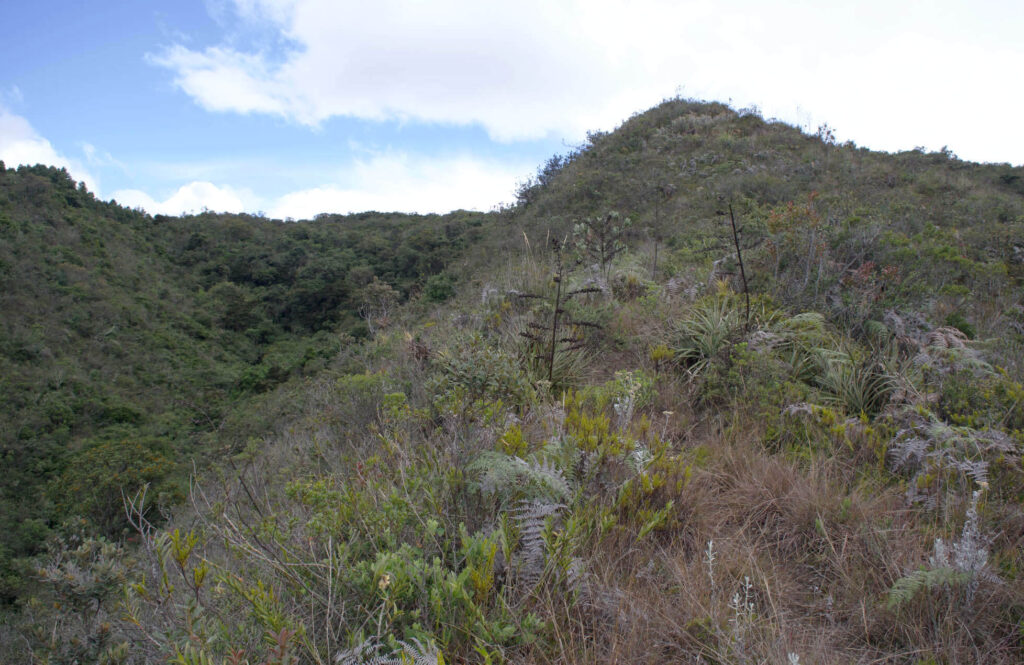
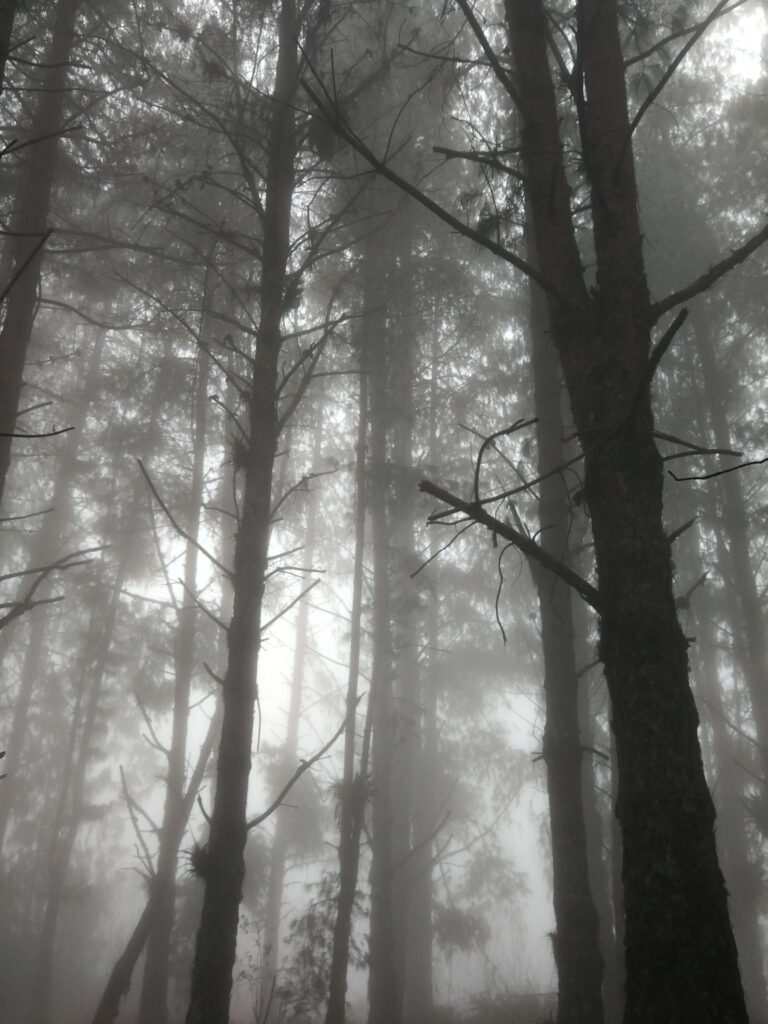
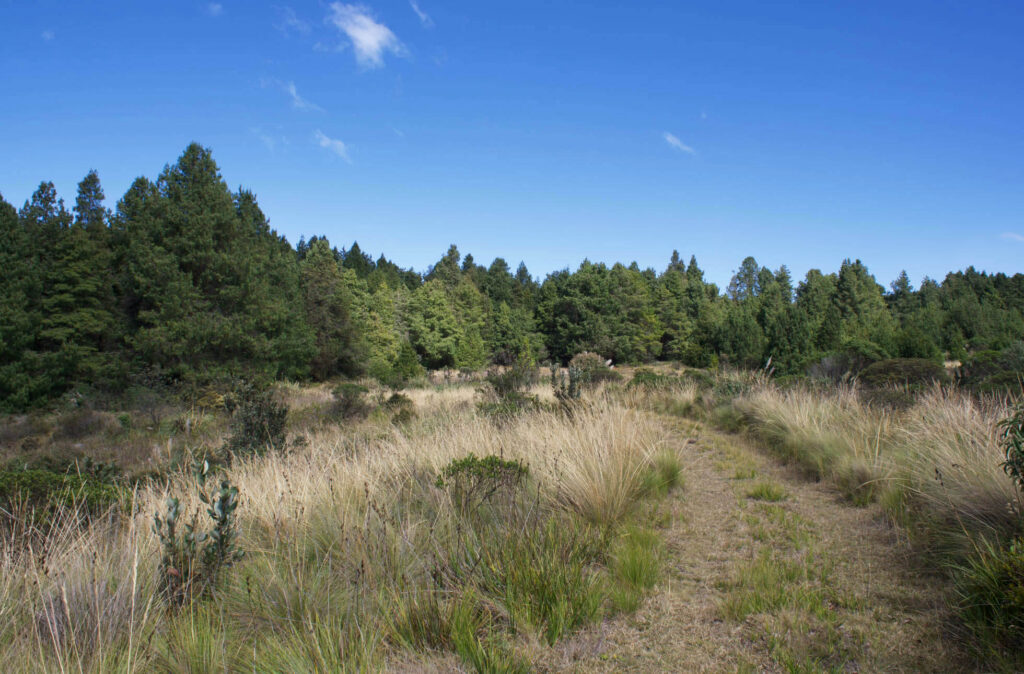
In this place occurs the species Stenocercus festae, commonly known as Peracca's whorltail iguana, which is categorized as vulnerable by the Internationa Union for Conservation of Nature (IUCN), due to the continuous decline in the quality of its habitat. This species is endemic of the Andes of southern Ecuador and can be found active at the base of small shrubs.
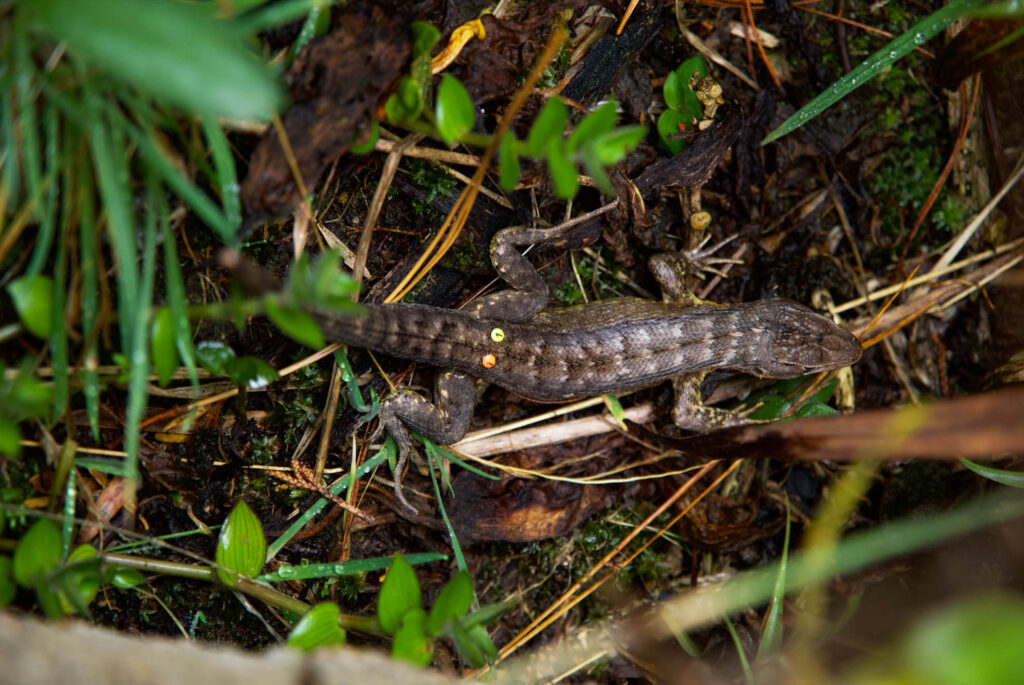
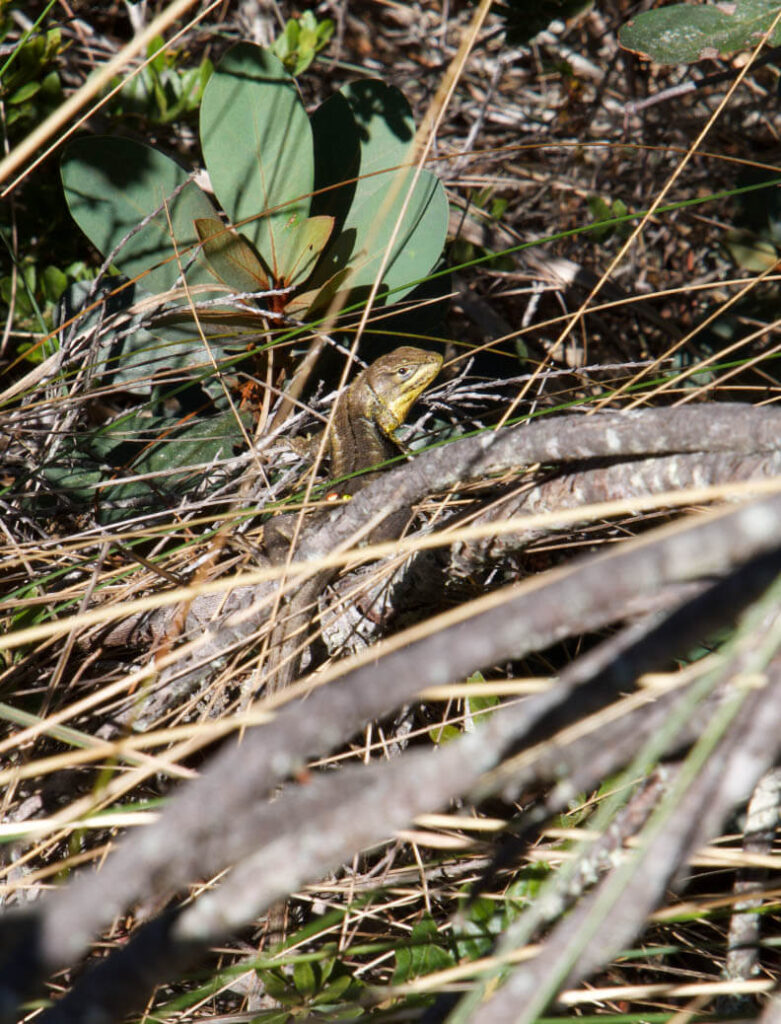
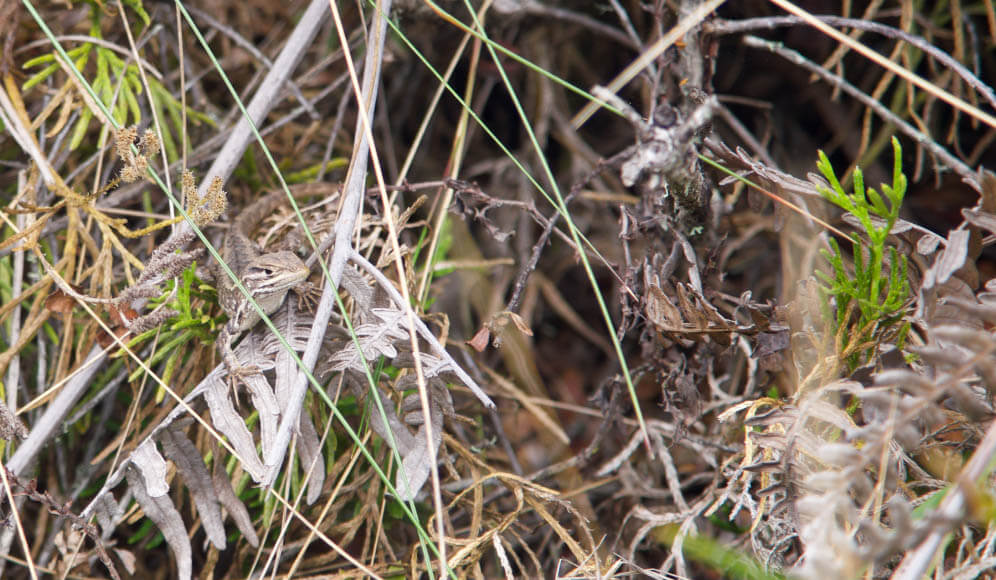
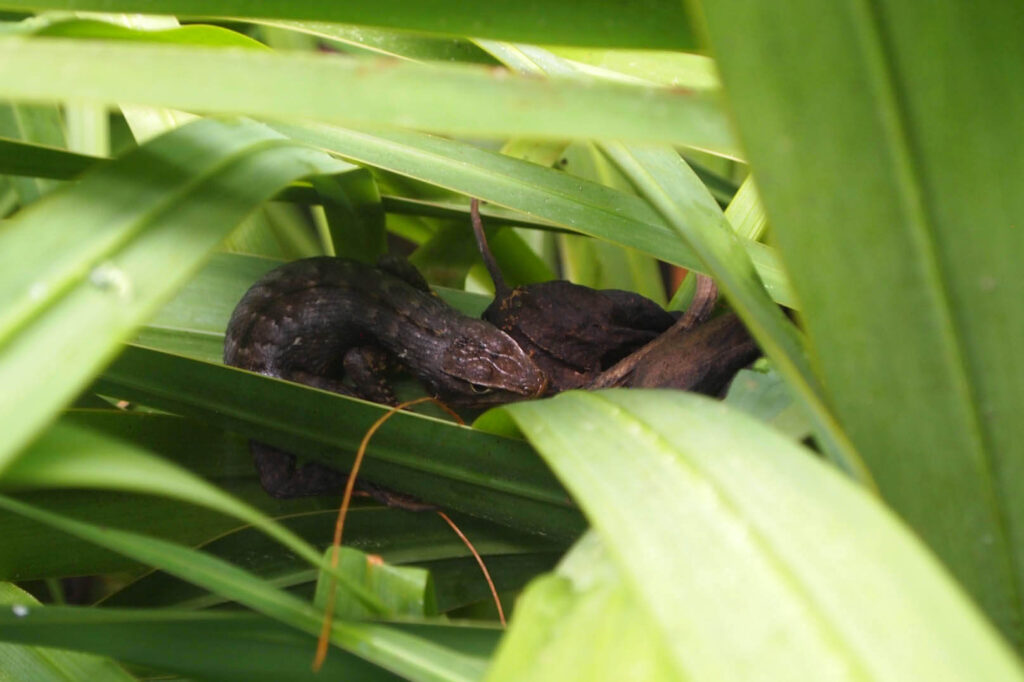
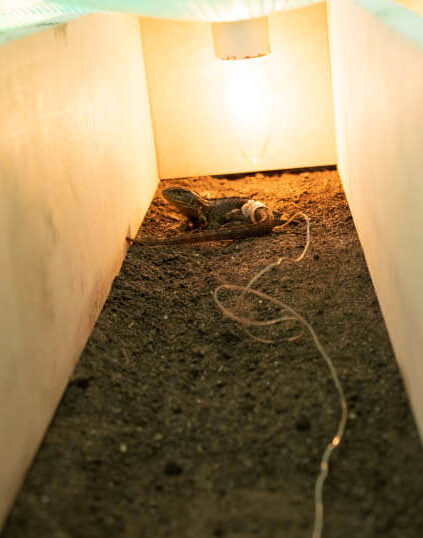
The keeper of El Gullan Scientific Station is a lovely and hard-worker local woman whose name is Rosita. She is the one taking care of the alpacas, sheeps and guinea pigs that live in the station. One day, while we were working, she surprised us with her unique homemade bread cooked in a wood oven. This is a family tradition when her son travel from Quito to visit her. Our happy faces are the evidence that it was a delight!
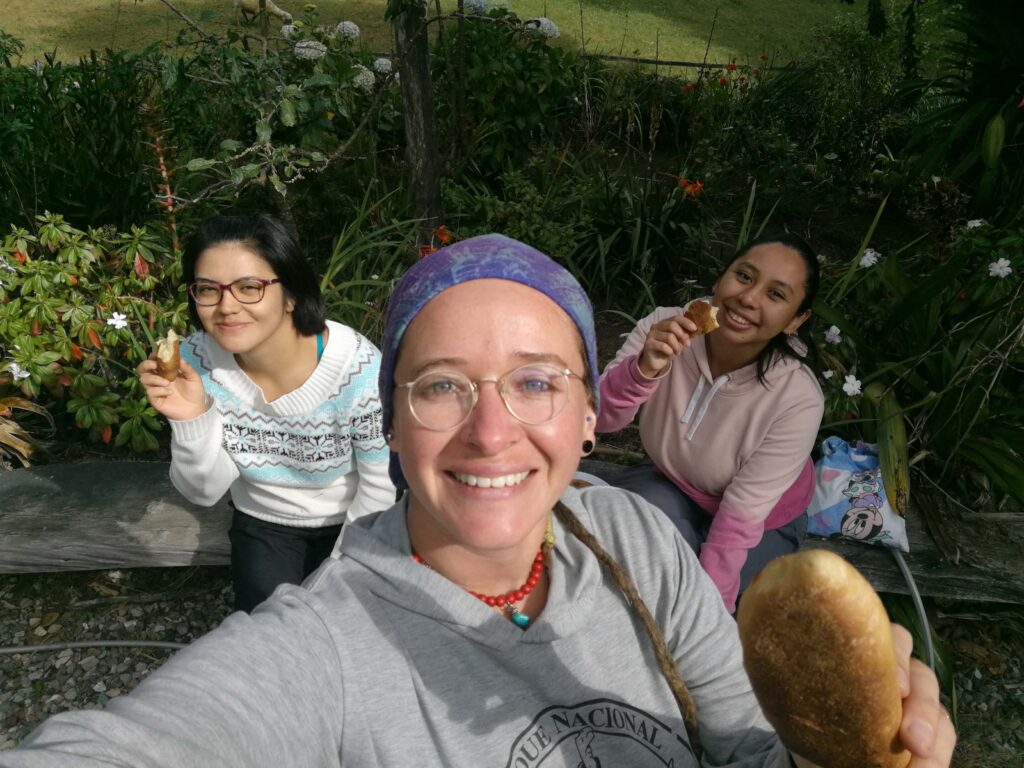
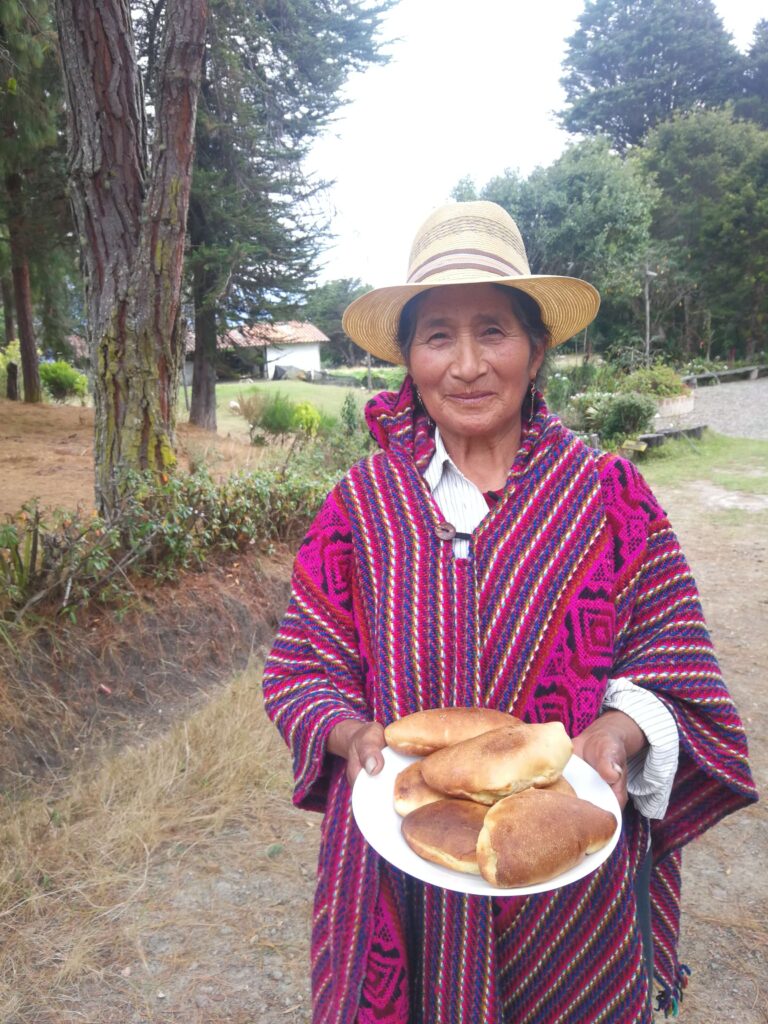
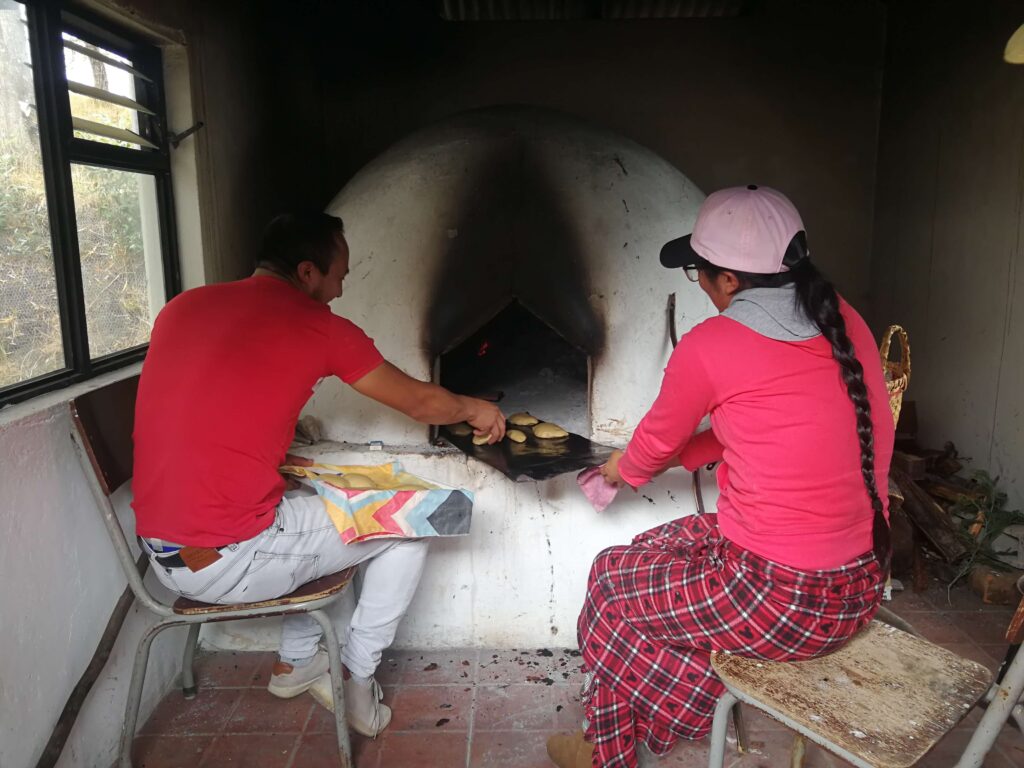
This ecosystem shows an impressive biodiversity of fauna and flora. In the next photos I show you a glimpse of what you could find besides lizards.
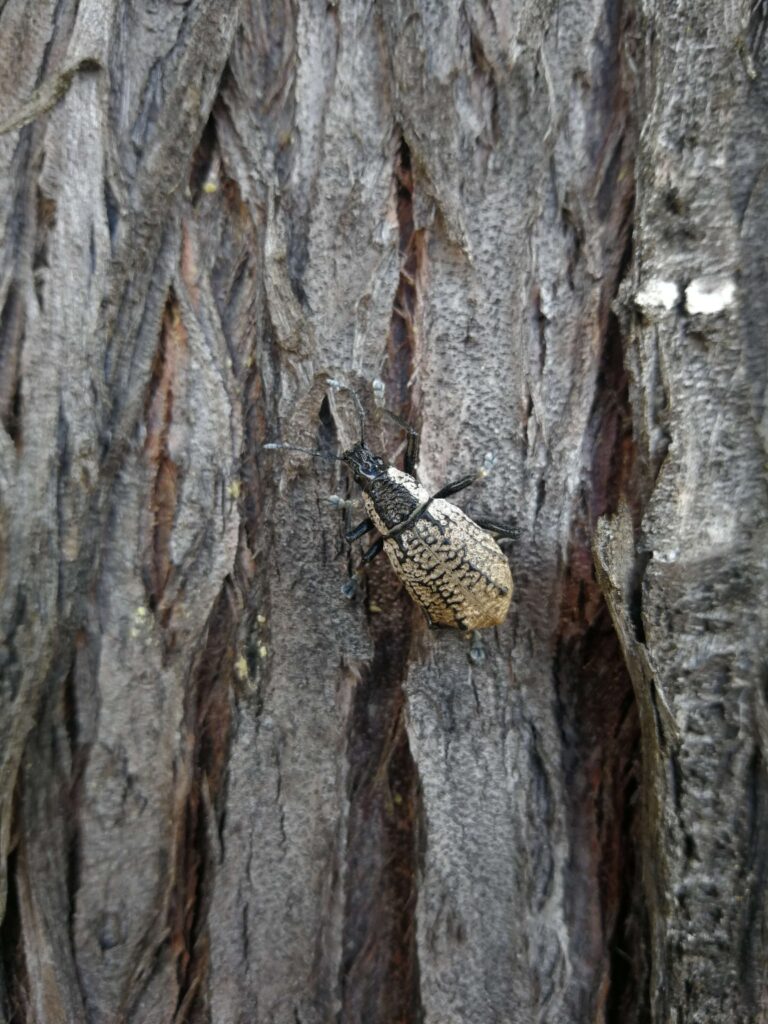
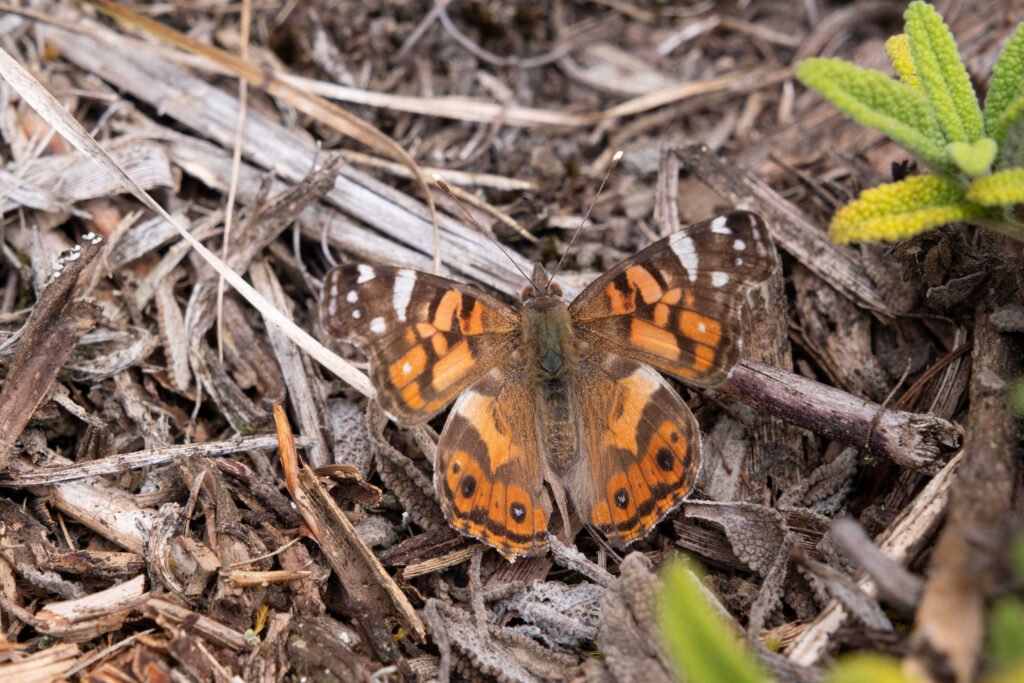
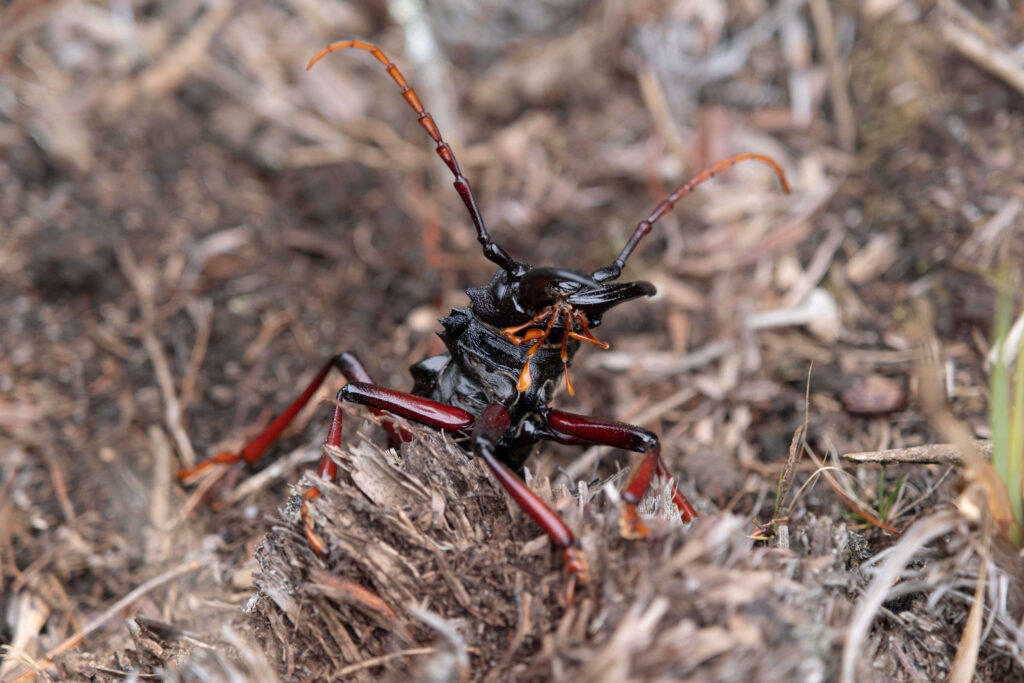
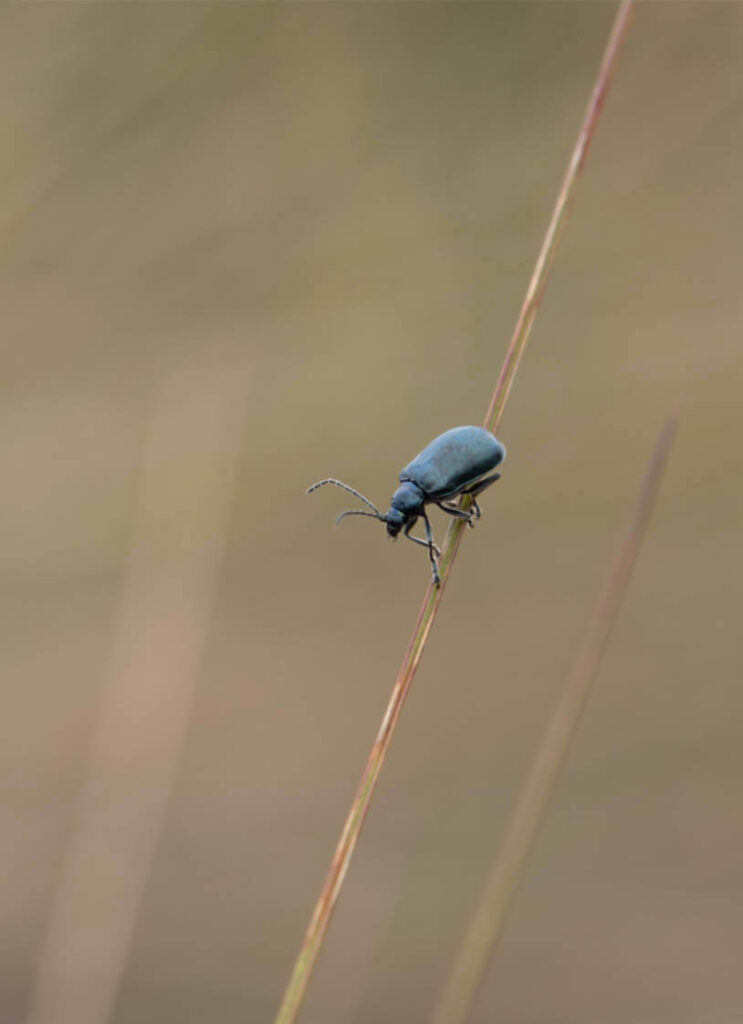
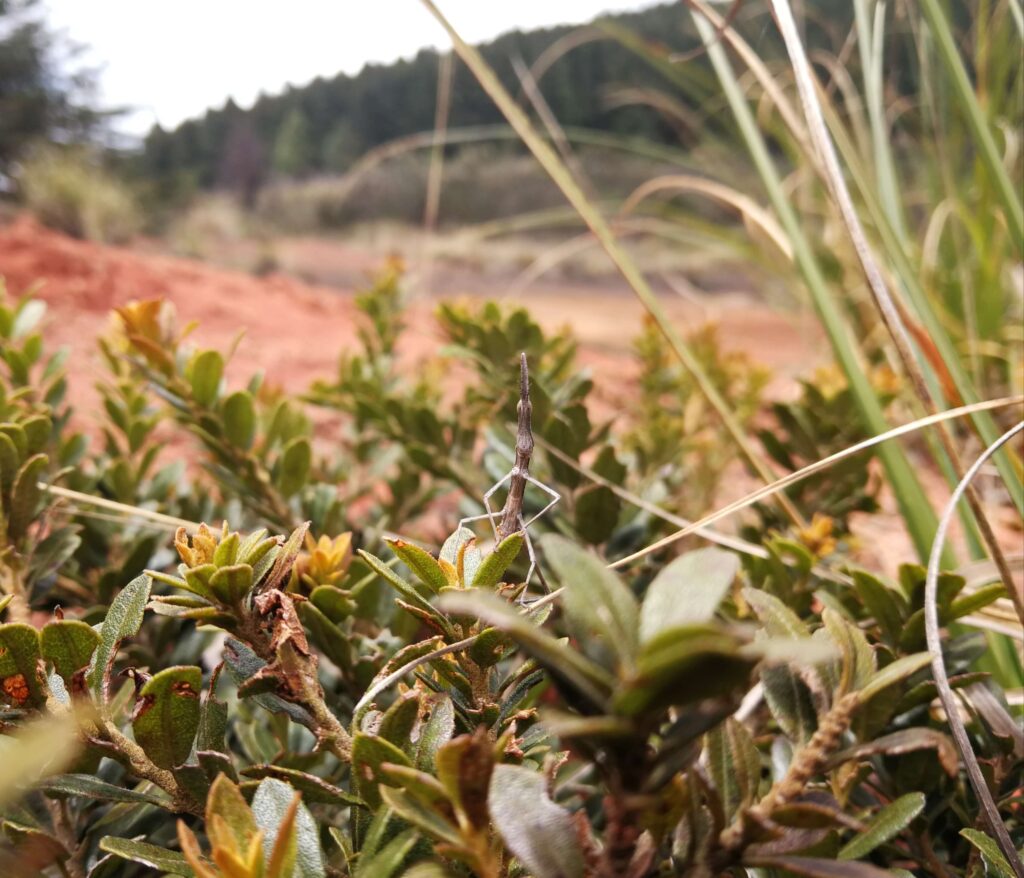
With this sunset, I bid farewell and invite you to stay tuned for updates on the ‘Cool Lizard Project’.

Estefany S. Guerra-Correa